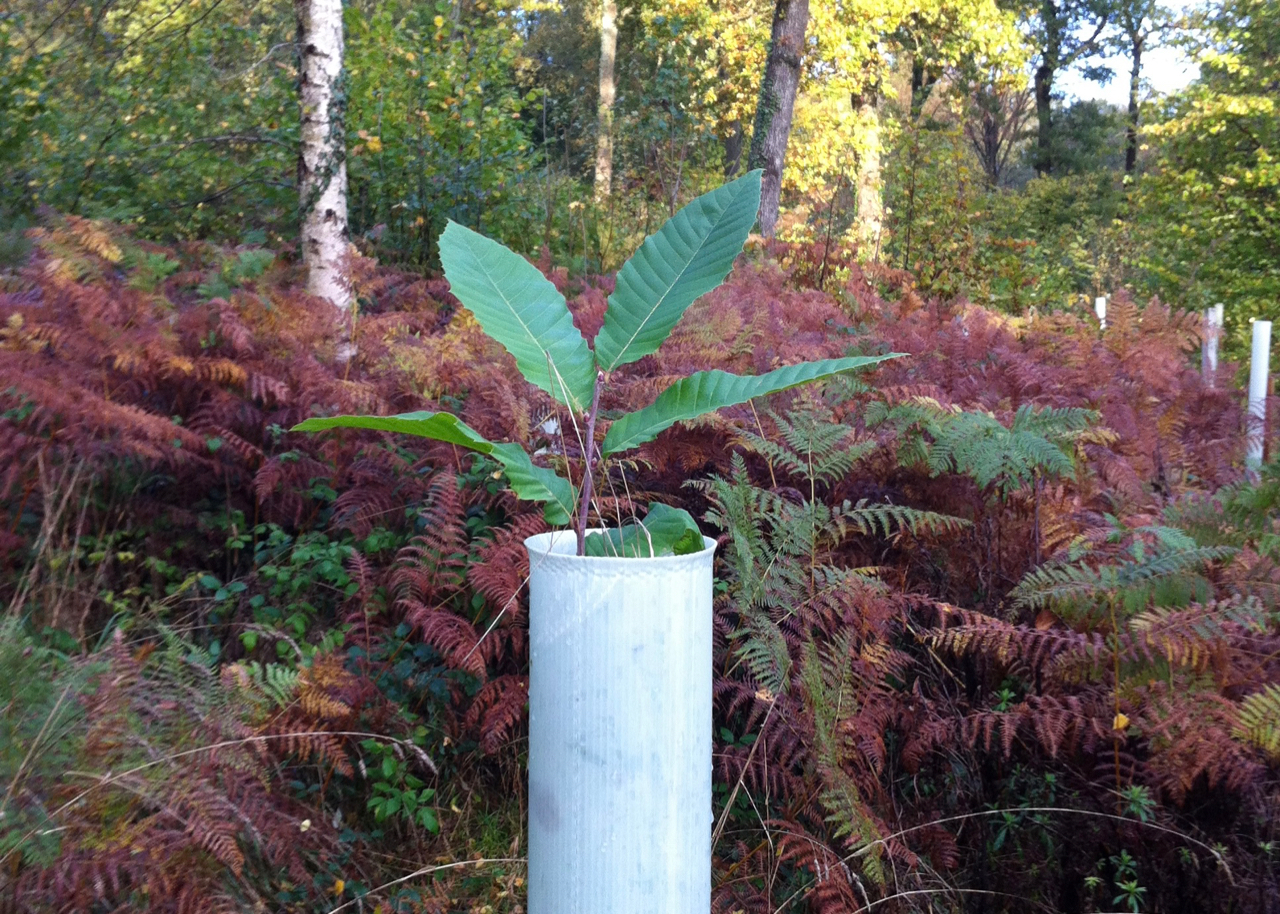A couple of time in the last year or so I have used what I call the ‘seedling analogy’ to explain what I believe to be is a sustainable approach to organisational change. My inspiration came during a conservation weekend that I was involved with at Hazel Hill Wood several years ago (see my post about that weekend here).
One of the main aims of the conservation activities at the wood is to reintroduce hardwood trees. Hardwoods were common here before the site was cleared for commercial forestry. For many years, conversation groups had been spending weekends planting new trees. But only a small number took root and flourished. However, on the weekend in quesiton, the conservation team were trying a new approach. Rather than planting new trees, they were looking for places where the seedlings of the desired species had already sprung up from the floor. Having found the seedlings, they protected them from browsing deer by putting a tube around them.
The theory was that if a seedling had already taken root then it would be well adapted to the local conditions. It would therefore stand a greater chance of flourishing if it could be protected from immediate threats: deer and competing species. The approach has been more successful than transplanting new trees. Each time I visit the wood, I go and look at those seedlings we protected, many of which have turned into saplings and are well on their way to become bigger trees.
Application to organsiational change
The analogy with organisational change is quite appealing. Instead of transplanting new behaviour, look for places where the desired behaviour is being demonstrated, albeit in small ways, and protect it from threats. Existing behaviour is much more likely to have emerged in an existing operating context, and so it more likely to be sustainable. Competing priorities are the competing species – they must be kept back. The deer are the threats that will snuff out the behaviour altogether – they must be kept away.
I hope to be able to demonstrate and build upon this analogy in upcoming projects.
Related posts
Posts from Hazel Hill Woods:
- Follow the deer tracks – who knows where they might lead?
- Choppin’ and loppin’, circus and swing
- Hazel vs. Hornbeam – the fate of best-laid plans
On organisational change:
- Nine ways to build creativity in your organisation
- Building a culture of creativity in engineering companies


1 Comment
1 Pingback